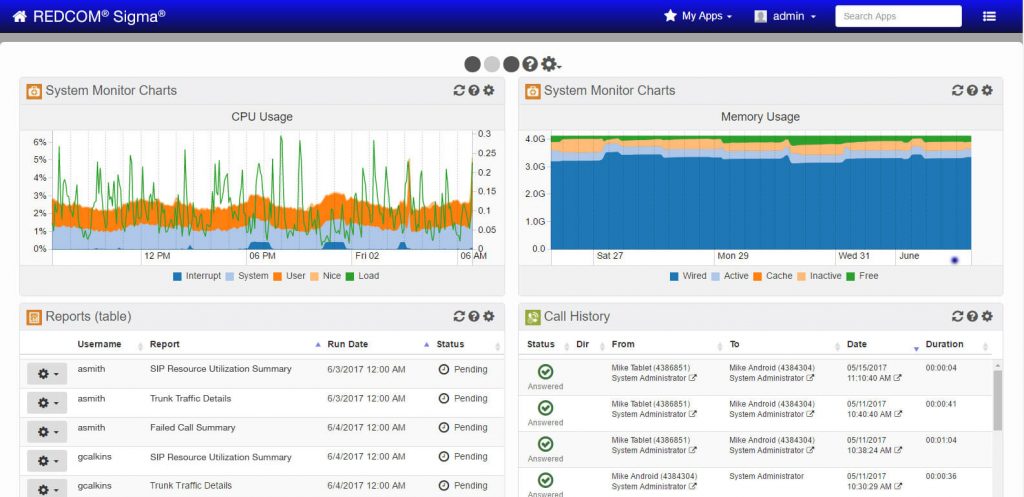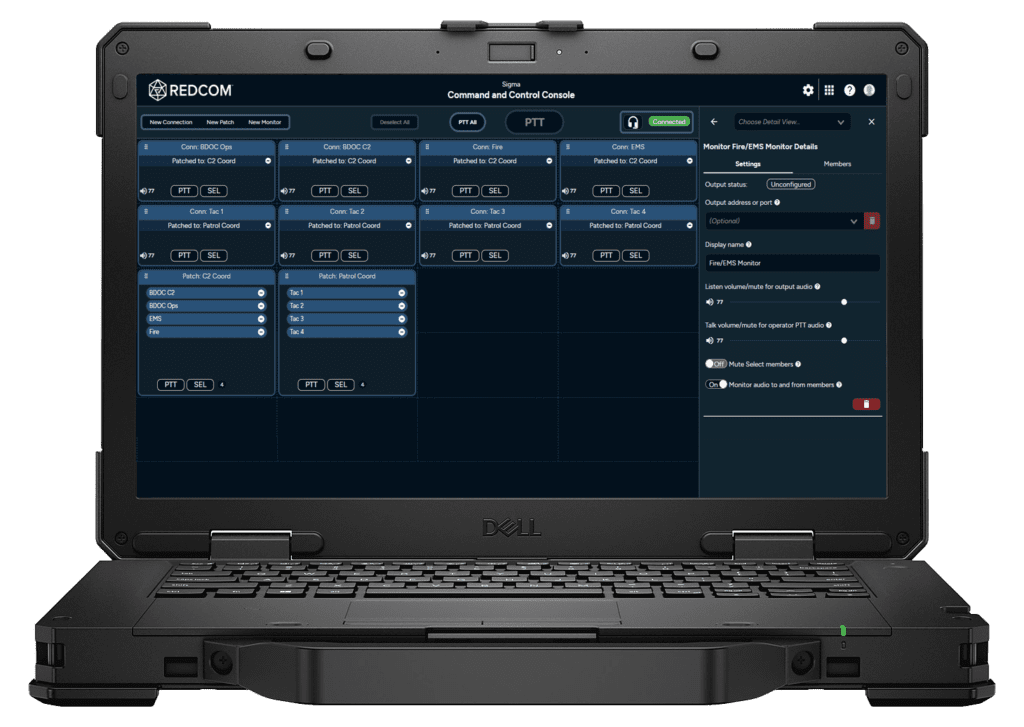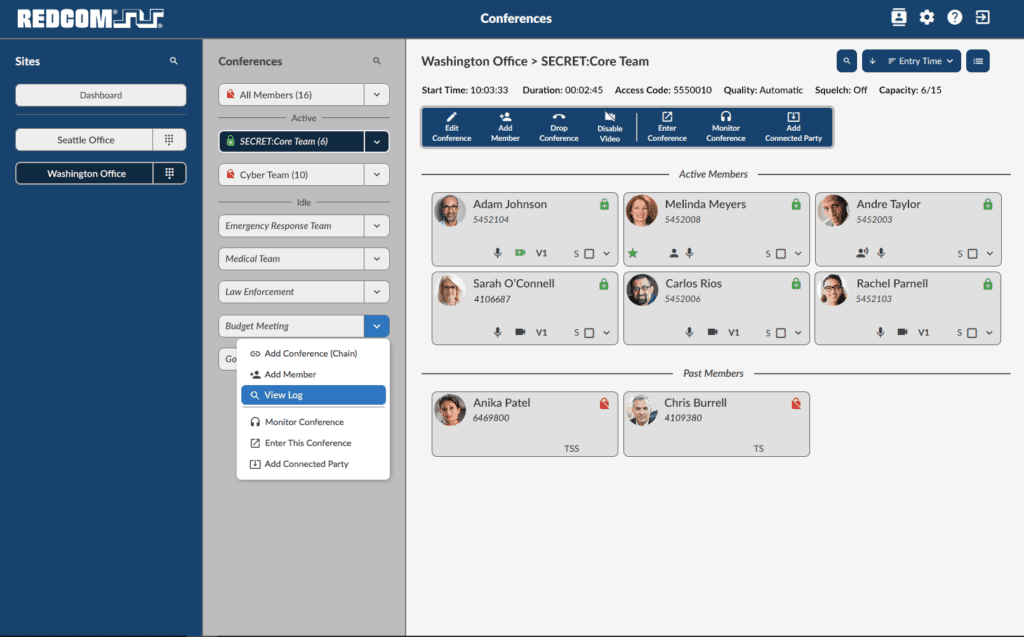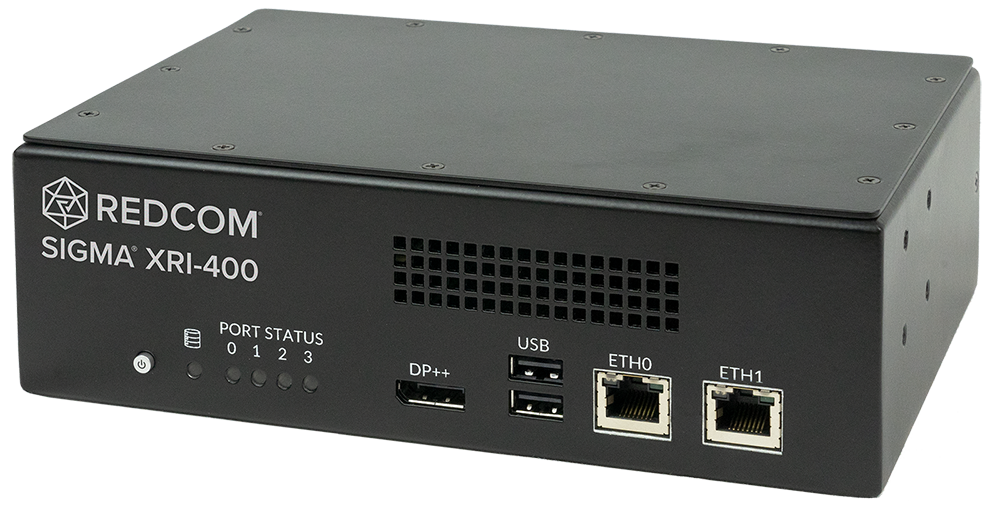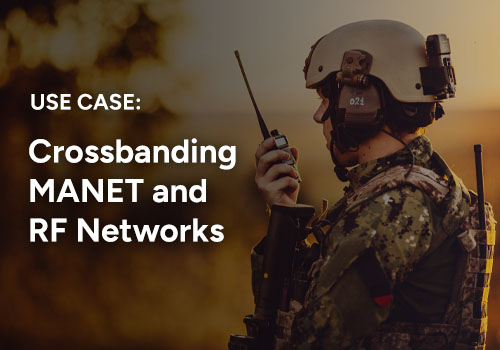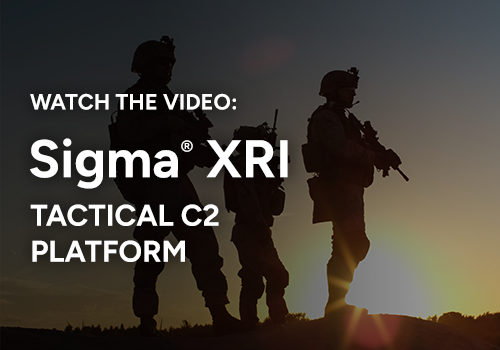Interoperability
Enhancing Operational Flexibility with Standards-Based Platforms
REDCOM solutions align with the ongoing modernization efforts of global military and defense forces that demand interoperability with both legacy and emerging technologies. REDCOM has more than 45 years of experience building equipment that can reliably connect multiple disparate devices across all echelons.
Home / Interoperability
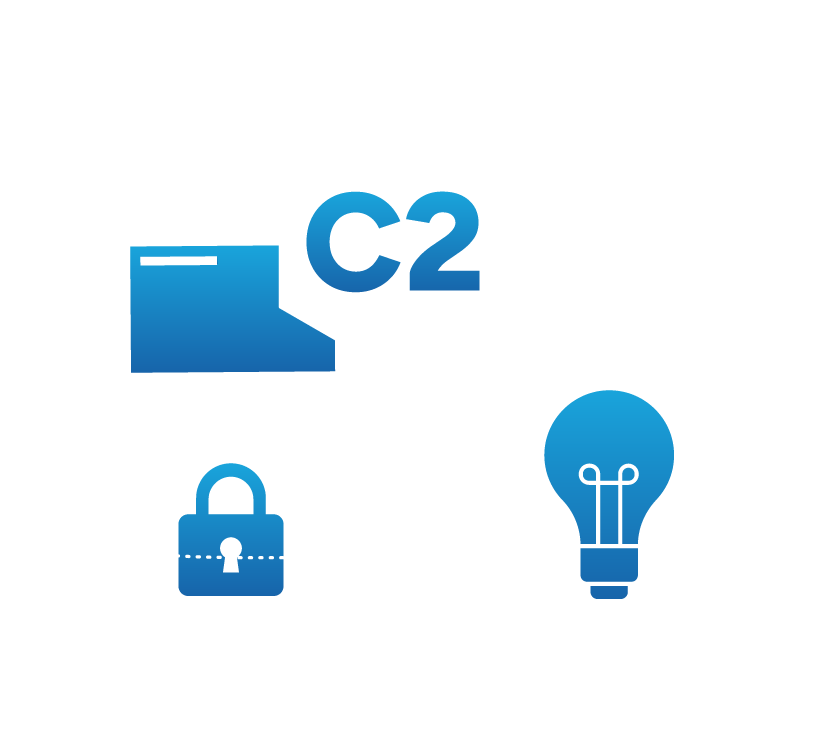
Solving DoD interoperability challenges
REDCOM’s integrated C2 solutions directly support the military’s network requirements and operational objectives to address conventional and sub-conventional (insurgency and terrorism) threats. Our solutions align with ongoing modernization efforts that still require interoperability with both legacy and emerging technologies.
REDCOM can connect to a wide range of interfaces, protocols, and endpoints, from legacy systems (such as analog and magneto lines) to today’s over-the-top voice solutions (such as LTE and 5G). As leaders in SIP development, REDCOM can seamlessly connect various SIP networks that have different interpretations of the spec.
Sustained communications in all domains
At the tactical, operational, and strategic levels, sustaining communications across all echelons of the military and other government agencies is critical. Our solutions support operational, tactical, and strategic requirements for land, sea, and air components, enhancing interoperability without the need to rip and replace entire network infrastructures.
Security and survivability are further improved through the ability to exchange information across and between various transmission paths. In light of persistent and emerging cyber threats, this allows sustainment of command and control functions in the event an IP-based network becomes compromised or exposed to exploitation. This capability also allows for the continuity of operations in the limited, intermittent, or denied communication environments. REDCOM solutions can employ “hardened” hardware products and components that meet the rigors of a deployed environment along with electro-magnetic pulse protection as required.
Interoperability with Joint and Coalition Forces
Military operations are typically joint, requiring the command and control systems of multiple services to work together effectively. Thus, interoperability becomes a force multiplier. In these situations, commanders constantly consider how technology might affect the unit’s ability to communicate within their unit, across the echelons, and with coalition forces.
The lack of a single coalition network or standard has been a longtime challenge. Each environment often has different requirements, baselines, and standards to suit each partner nation’s various demands, missions, and capabilities. REDCOM technology can integrate with any of the technology and endpoints in these environments to deliver true interoperability between joint and coalition forces.
A standards-based approach to interoperability
REDCOM’s standards-based hardware and software solutions provide operational flexibility that is unmatched in the industry. These solutions support operations in a variety of network architectures and configurations. Integration of terminal endpoints using RF, IP, TDM, or analog transmission links can be supported by a virtualized solution or small form-factor hardware footprint at the lowest echelons, reducing Size, Weight, and Power (SWaP) requirements. The intuitive user interfaces allow operation and maintenance without vendor IT/communications support personnel.
Built on open standards, REDCOM enables customers to reuse existing endpoints without being forced to rip and replace. Interop testing — both in-house and at JITC — ensures our products maintain compatibility with both legacy and emerging technologies. Our approach to product development delivers the necessary command and control functionality while offsetting cybersecurity concerns, enhancing survivability, and improving mobility.
REDCOM Infinite Interoperability
In this explainer animation, you’ll see how REDCOM’s integrated C2 solutions directly support the military’s network requirements and operational objectives to address conventional and sub-conventional threats. Our solutions align with ongoing modernization efforts that still require interoperability with both legacy and emerging technologies.
This video showcases how REDCOM offers three levels of tactical interoperability through conferencing, our command and control console, and channels – which pushes the control out to the end users at the tactical edge.
